Introduction
In the realm of fashion, women have long been trailblazers, using clothing as a means of self-expression and empowerment. The concept of fierce femmes embodies the strength, confidence, and resilience of women, reflected through their sartorial choices. This article delves into the evolution of women’s fashion, the icons who have shaped it, and the transformative power it holds in challenging societal norms and promoting inclusivity.
Historical Evolution of Women’s Fashion
Throughout history, women’s fashion has served as a reflection of societal values and cultural norms. From the elaborate garments of ancient civilizations to the tailored suits of the suffragettes, clothing has been used to assert identity and status. The rise of feminism in the 20th century brought about significant changes in women’s fashion, with icons like Coco Chanel and Audrey Hepburn revolutionizing the way women dressed.
Icons of Fierce Femmes
From Cleopatra to Michelle Obama, women throughout history have used fashion to convey power and authority. These icons have transcended generations, leaving a lasting impact on the world of fashion and inspiring future generations of fierce femmes. In the modern era, figures like Beyoncé and Rihanna continue to push boundaries with their bold fashion choices and unapologetic confidence.
Power Dressing: A Symbol of Strength
Power dressing emerged in the 1980s as a means for women to assert their authority in male-dominated workplaces. Shoulder pads, tailored suits, and bold colors became symbols of empowerment, challenging traditional notions of femininity. Today, power dressing continues to evolve, with women embracing a more diverse range of styles that reflect their individuality and confidence.
Breaking Stereotypes: Challenging Fashion Norms
The fashion industry has long perpetuated narrow standards of beauty and femininity, but women are challenging these norms like never before. Gender-neutral fashion, inclusive sizing, and body positivity movements are gaining momentum, allowing women of all shapes, sizes, and backgrounds to feel represented and empowered through fashion.
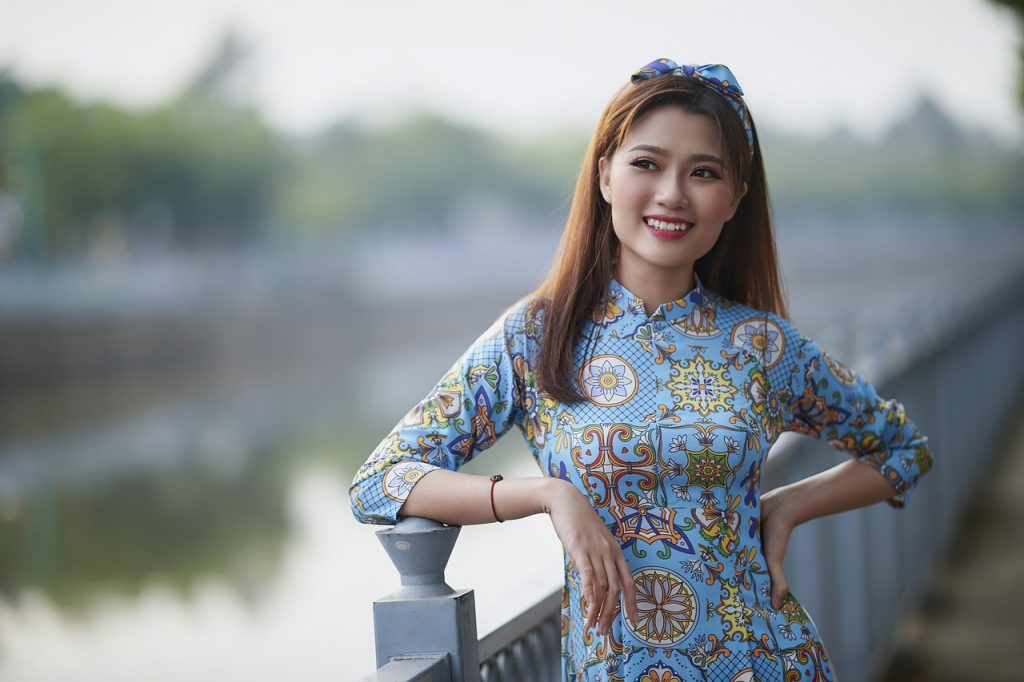
The Intersection of Fashion and Feminism
Feminism and fashion are intrinsically linked, with both movements striving for equality and empowerment. Brands like Dior and Gucci have embraced feminist ideologies in their marketing campaigns, while grassroots movements like #MeToo have sparked conversations about consent and agency in the fashion industry.
Embracing Diversity: Celebrating Women of All Backgrounds
True empowerment in fashion comes from celebrating diversity and inclusivity. Women of all races, ethnicities, and body types deserve to feel seen and represented in the fashion world. From African-inspired prints to hijab-friendly designs, the industry is slowly but surely becoming more inclusive and diverse.
Fashion as a Form of Self-Expression
Fashion is a powerful form of self-expression, allowing women to communicate their identity, beliefs, and values to the world. Whether through bold colors, statement accessories, or vintage finds, every outfit tells a story and empowers the wearer to embrace their authentic self.
The Influence of Social Media on Women’s Fashion
Social media has democratized fashion, giving rise to a new generation of influencers who shape trends and redefine beauty standards. Platforms like Instagram and TikTok have become virtual runways, where women from all walks of life can showcase their style and inspire others to embrace their individuality.
Empowering Through Accessories and Beauty
Accessories and beauty play a crucial role in enhancing women’s fashion and confidence. From statement jewelry to bold makeup looks, these finishing touches can elevate any outfit and make a powerful statement. Beauty standards are also evolving, with women embracing their natural features and challenging traditional ideals of perfection.
Sustainability and Ethical Fashion
As awareness of environmental and social issues grows, so too does the demand for sustainable and ethical fashion. Women are increasingly choosing to support brands that prioritize eco-friendly practices and fair labor conditions, recognizing the importance of responsible consumption in promoting a more equitable world.
Fashion Forward: Trends to Watch
The future of women’s fashion is bright, with emerging trends that celebrate individuality and creativity. From gender-fluid clothing to sustainable innovations, the industry is constantly evolving to meet the needs and desires of today’s fierce femmes. By staying informed and embracing change, women can continue to use fashion as a tool for empowerment and self-expression.
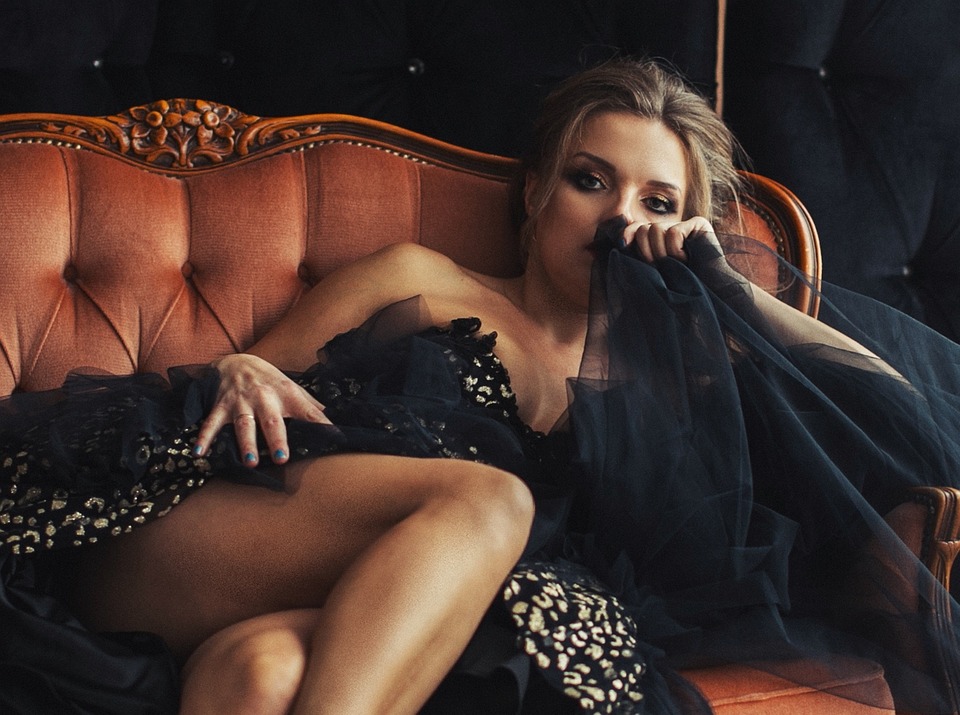
Challenges and Opportunities
While progress has been made, the fashion industry still faces challenges in achieving true inclusivity and diversity. Women of color, LGBTQ+ individuals, and other marginalized groups continue to be underrepresented both on the runway and behind the scenes. However, with each passing day, there are new opportunities for change and growth, as women band together to demand a more equitable and inclusive fashion industry.
Conclusion
In conclusion, the power of women’s fashion cannot be overstated. From historical icons to modern-day influencers, fierce femmes have used clothing as a means of empowerment, self-expression, and resistance. By embracing diversity, challenging stereotypes, and supporting ethical practices, women can continue to shape the future of fashion and inspire generations to come.
FAQs
- What is the significance of power dressing for women? Power dressing allows women to assert their authority and confidence in male-dominated spaces, challenging traditional notions of femininity and professionalism.
- How can women use fashion to challenge societal norms? By embracing diverse styles, challenging beauty standards, and supporting inclusive brands, women can use fashion as a form of activism and self-expression.
- What are some examples of iconic fierce femmes in history? Icons like Frida Kahlo, Madonna, and Marlene Dietrich have used fashion to convey strength, independence, and defiance throughout history.
- How does cultural diversity influence women’s fashion? Cultural diversity enriches women’s fashion by inspiring new trends, patterns, and silhouettes that reflect the unique identities and traditions of different cultures.
- What role does sustainability play in the empowerment of women through fashion? Sustainable fashion promotes environmental and social justice, empowering women by providing ethical employment opportunities and reducing the industry’s carbon footprint.
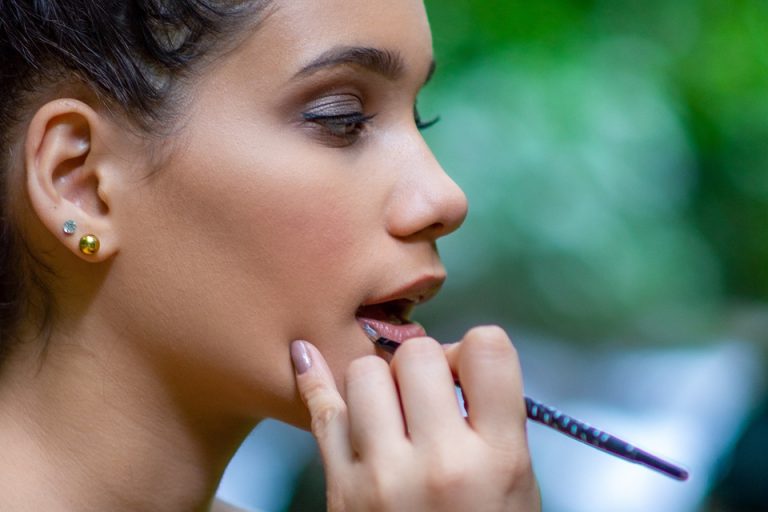
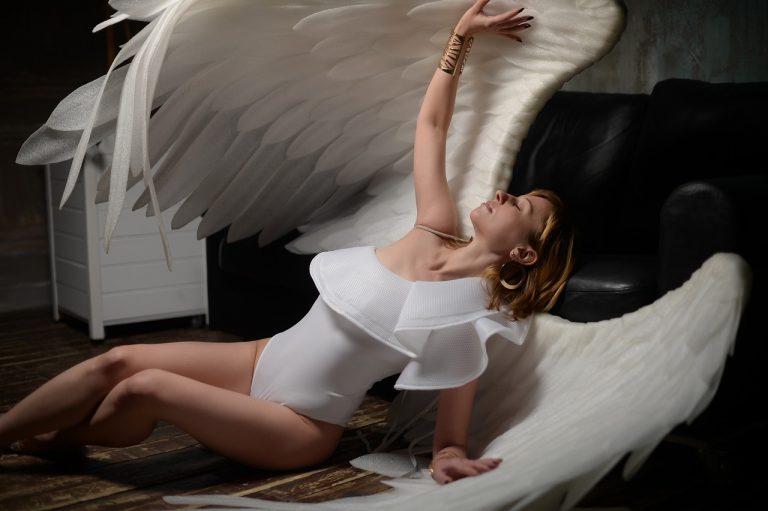
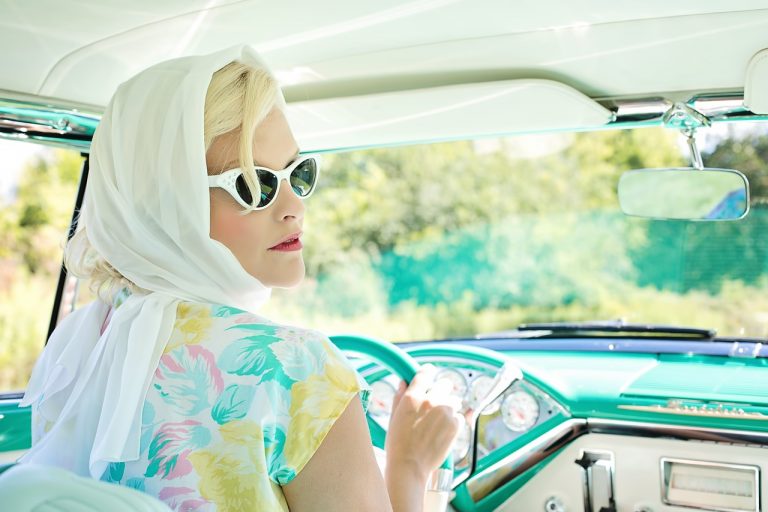

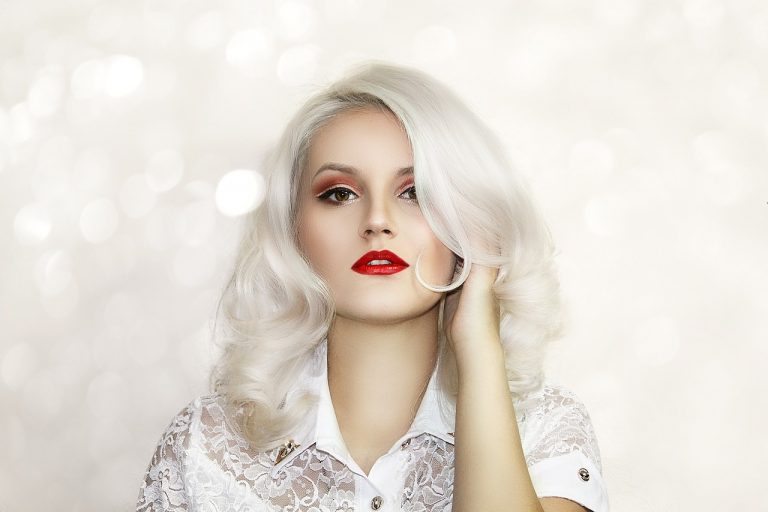
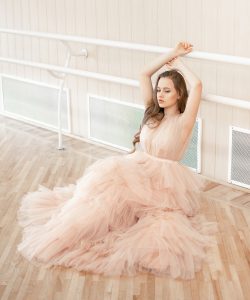

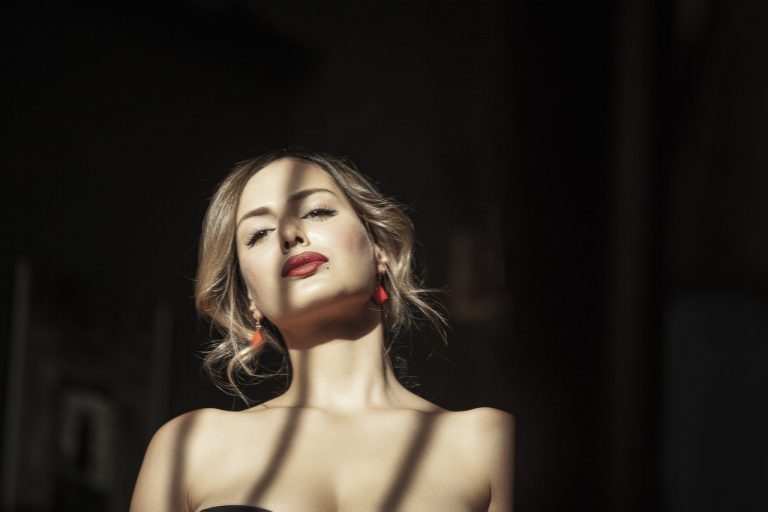

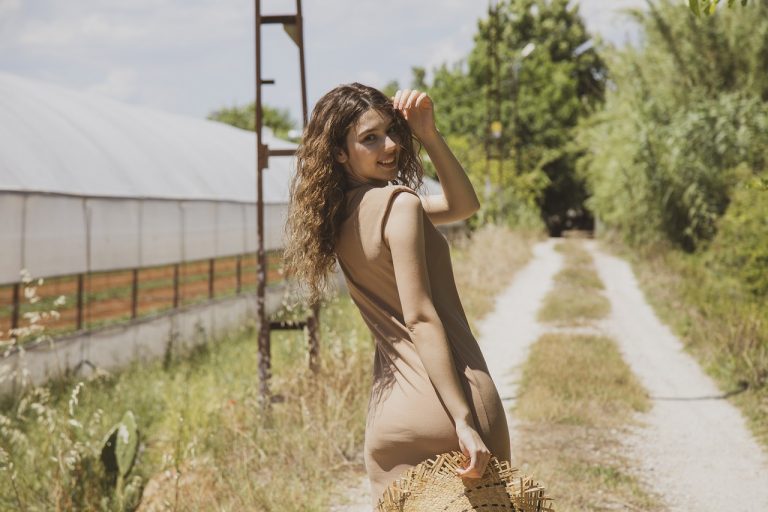
+ There are no comments
Add yours